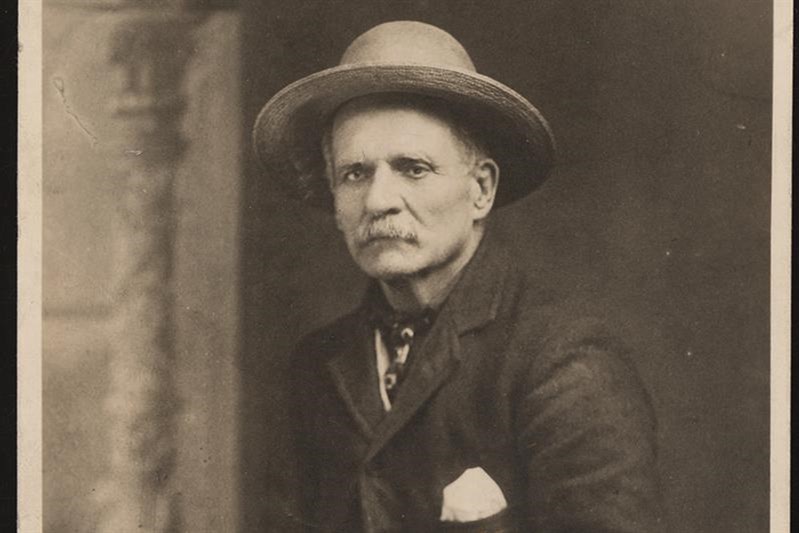They are the stuff of Australian folklore, but in reality, as John Wright explains, the stagecoach and its drivers often risked life and limb to reach those living and working in remote communities.
They are the stuff of Australian folklore, but in reality, as John Wright explains, the stagecoach and its drivers often risked life and limb to reach those living and working in remote communities.Cabbage Tree Ned’ typified the drivers that once took control of coach and horse on the Australian mainland, as did Suffolk migrant John Cox in Van Diemen’s Land (Tasmania) before him. Cox’s coaches, 29 years after European settlement, brought far-flung communities closer together, his wife Mary later doing even better at it and with eight children in tow.
It was 1832 when John Cox began Tasmania’s first coaching service between Hobart Town and Launceston, in which towns he owned four pubs. He’d arrived in Tasmania in 1821, at 29, with his Bristol wife Mary Halls. He had varying business success, a 1,200-acre land grant and lucrative government contract to supply meat for the colony leading to bankruptcy when prices dropped. His coach service idea was seen as a lifesaver – and not just to his pub customers!
To read the full article call our Subscriptions Team for a copy of our March issue: 01722 716997
